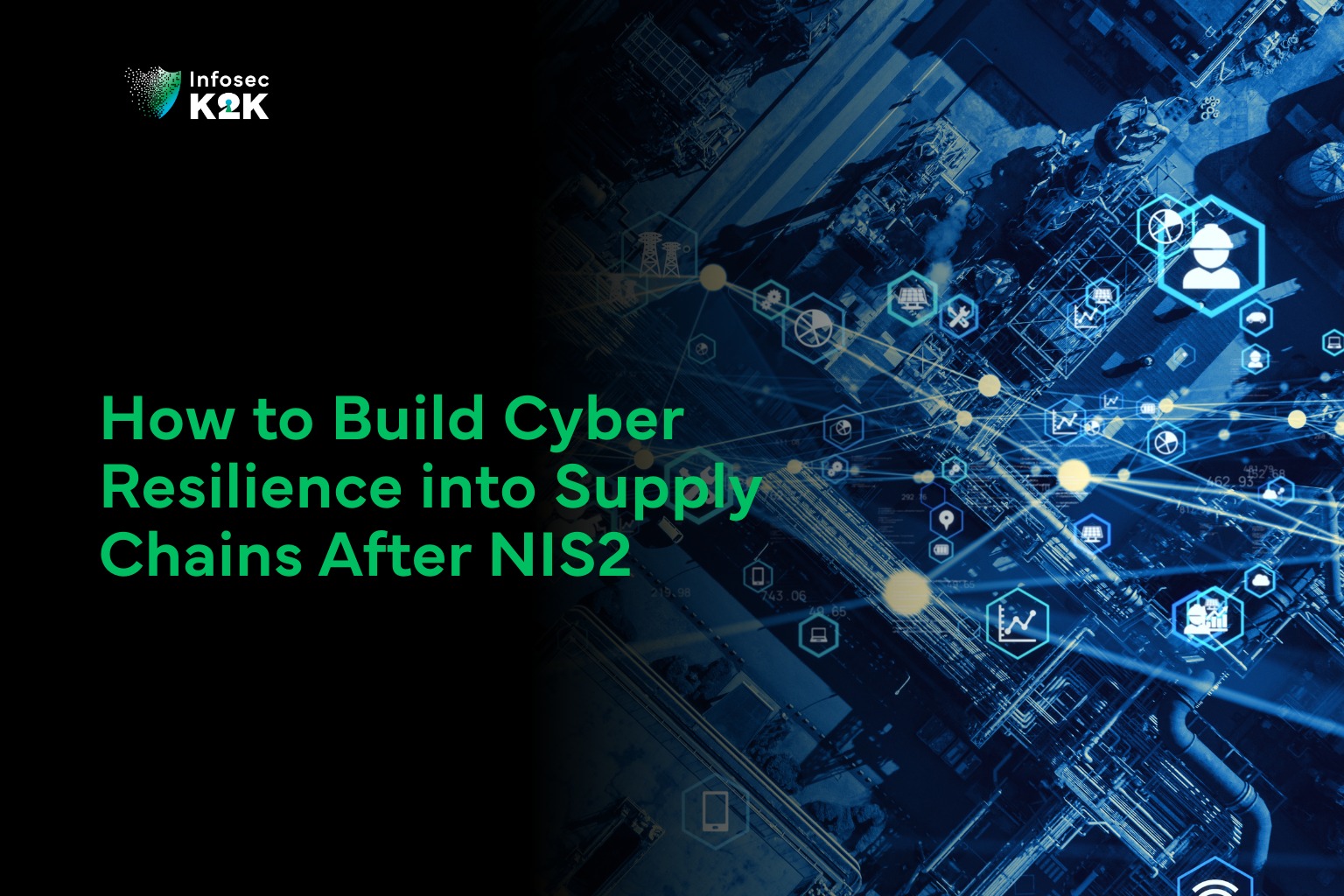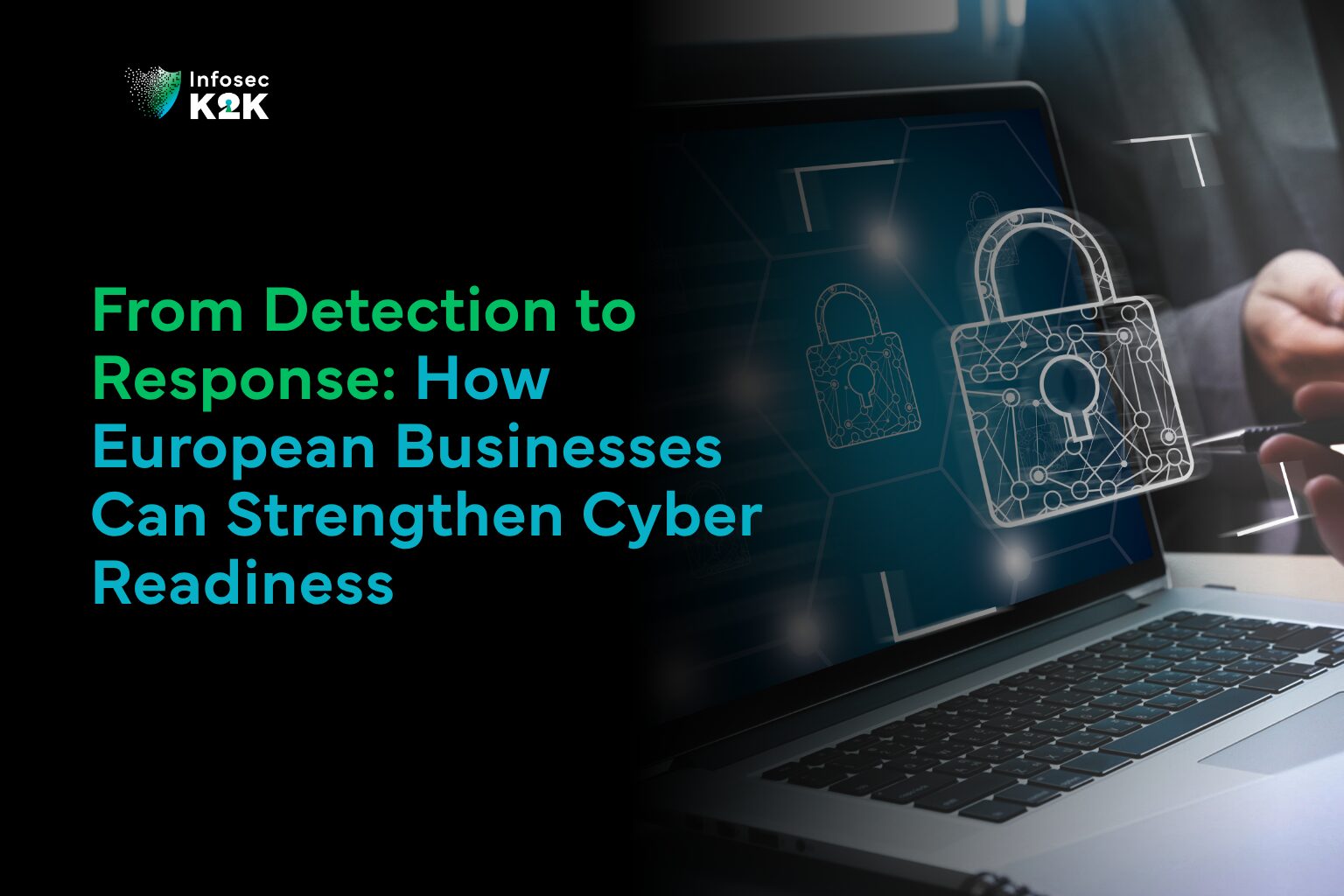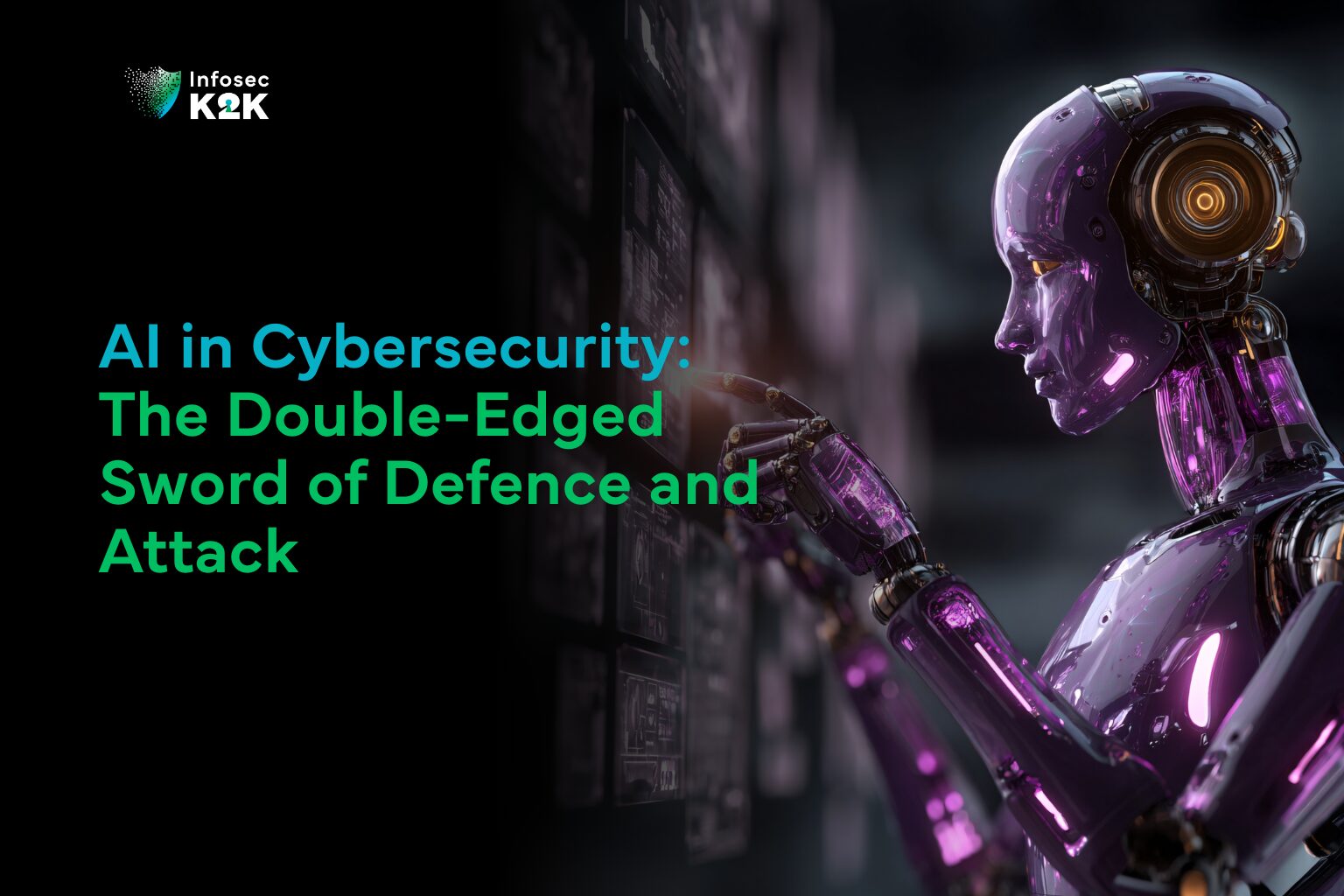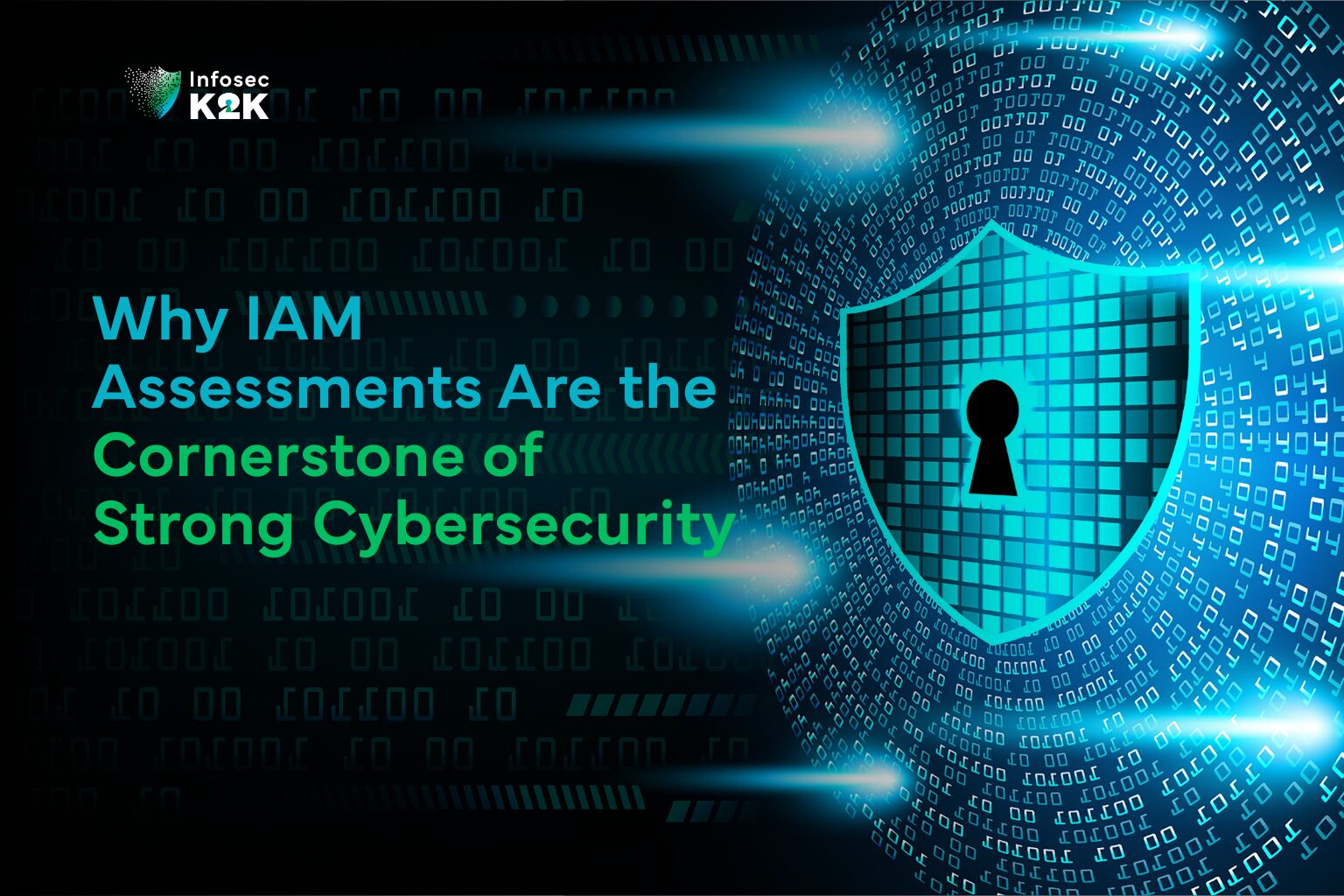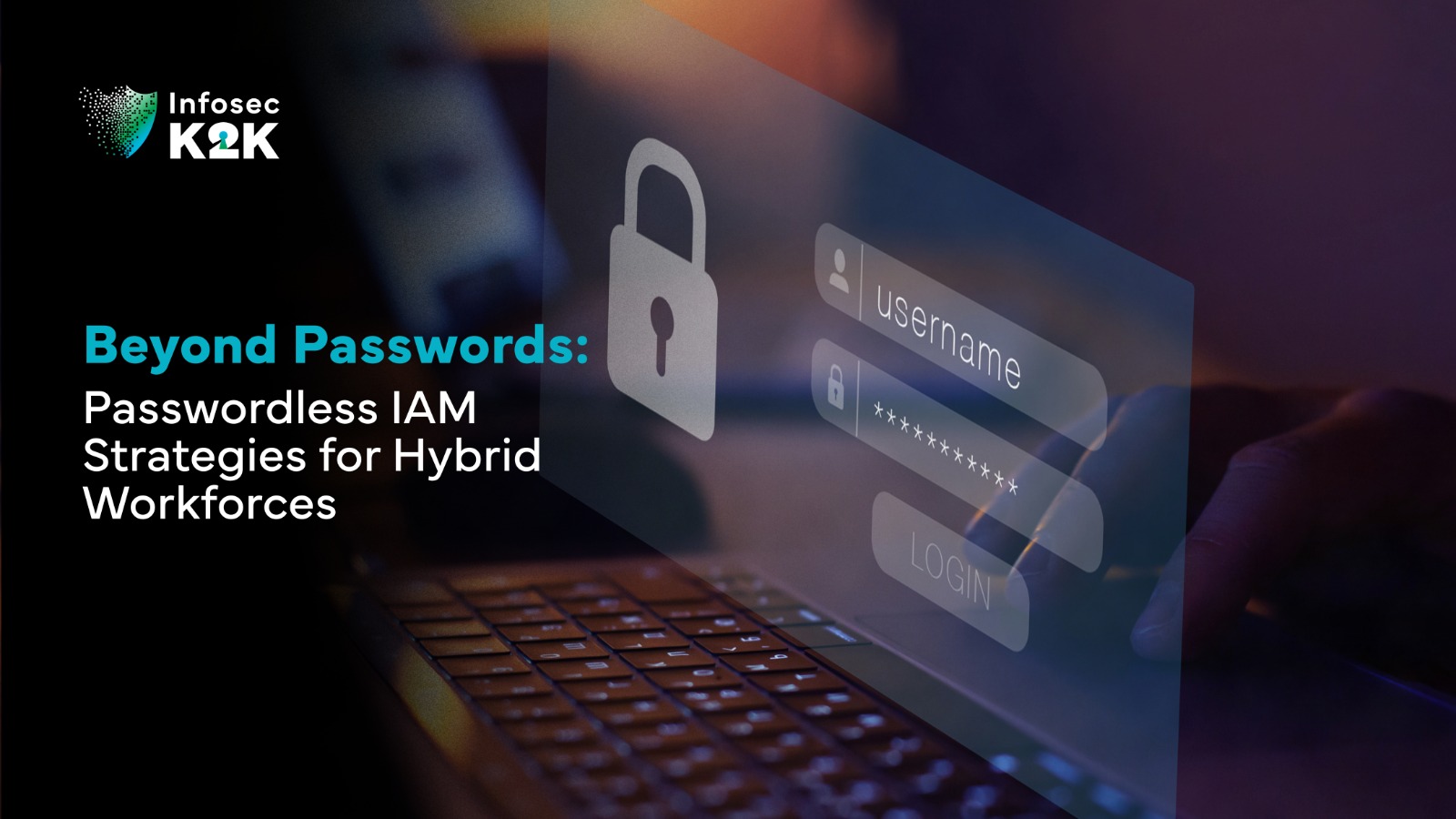How to Build Cyber Resilience into Supply Chains After NIS2
Imagine a single weak link in your supply chain. It crumbles under a cyber attack. Billions in losses follow, along with damaged trust from customers. Recent hits like the SolarWinds breach show this risk. Hackers slipped through one vendor. They hit thousands of firms. NIS2 changes the game in Europe. This directive pushes companies to treat supply chain security as a must. No longer just an add-on. It’s key to staying in business. You must now manage risks across your whole network of partners. From top suppliers to deep in the chain.
Section 1: Understanding the NIS2 Impact on Supply Chain Dependencies
Core NIS2 Obligations Extending to Third-Party Vendors
NIS2 sets firm rules for handling outside partners. You face quick reporting of incidents. Any big event must reach authorities in 24 hours. Risk checks now cover all key suppliers. This includes services and goods providers.
Update your contracts right away. Add clauses that force suppliers to meet security rules. Make them share incident details fast. Tie payments to proof of strong defences. This step helps you spot issues early.
Failure to do this leaves gaps. Attacks can spread unchecked.
Mapping the Expanded Scope of Critical Entities
NIS2 widens who counts as vital. Essential entities include energy and transport firms. Important ones cover more, like digital providers. Your chain might include both tiers. Check suppliers at level one, two, and lower.
Take the Kaseya attack in 2021. Hackers hit a mid-tier software firm. It spread to managed service providers. Many end users suffered. This fits NIS2’s push to scan deeper.
You need full maps of your dependencies. List all players. Rate their risk level. This prevents blind spots.
Establishing Clear Accountability Across the Chain
Under NIS2, you own the security of your suppliers too. Not just your own walls. If a partner slips, fines hit you. Up to 10 million euros or two percent of global turnover.
Adopt security by design. Build it into every buy. For software, demand clean code checks. For hardware, require secure parts.
This shared duty builds trust. It stops blame games after a breach.
Section 2: Comprehensive Supply Chain Risk Assessment Under NIS2 Frameworks
Adopting a Continuous, Lifecycle Approach to Risk Analysis
Stop with yearly checks. NIS2 calls for ongoing watch. Track supplier actions daily. Use tools to flag changes in their security.
Create a security scorecard for each vendor. Score them on patch speed. Note how fast they report flaws. Update scores monthly.
- Patch cadence: How quick do they fix known issues?
- Vulnerability sharing: Do they alert you in time?
- Audit logs: Can you review their access records?
This method keeps risks fresh in view. It beats one-off reviews.
Identifying and Prioritizing Single Points of Failure (SPOFs)
Many chains rely on one source for key parts. Like a sole cloud host or custom controls in factories. A hit there stops everything.
Verizon’s 2023 report says 51 percent of breaches start with third parties. Pinpoint these weak spots first.
List critical functions. Find backups. Diversify where you can. This cuts the blast radius of any attack.
Integrating Threat Intelligence Specific to Supply Chain Vectors
Pull in alerts tailored to your field. For software chains, watch open-source risks. Hardware? Track chip flaws. Logistics? Eye ransomware trends.
“Threat hunting in vendor spaces saves time,” says Jane Doe, a cyber expert at a top firm. “Spot patterns before they hit.”
Feed this intel into your tools. Share it with partners. It turns data into action.
Section 3: Technical Measures for Fortifying Digital Supply Chains
Implementing Robust Software Bill of Materials (SBOM) Mandates
SBOMs list every part in software you buy. Open-source bits, commercial code—all shown. NIS2 likes this for clear views on risks.
Demand SBOMs from suppliers. It helps you trace flaws fast.
Key details to include:
- Component name and version.
- Supplier and licence info.
- Known vulnerabilities with scores.
This transparency fights hidden threats. It meets NIS2’s call for openness.
Zero Trust Architectures for Vendor Access
Ditch old trust models. Zero trust means check every access. Even from known partners. Verify users, devices, and paths.
For vendors, segment networks tight. Limit API calls. Use multi-factor checks always.
Unlike flat defences, this breaks the chain into safe zones. A breach in one spot stays there.
Secure Development Lifecycle (SDL) Requirements for Suppliers
Push suppliers to follow safe build steps. Standards like ISO 27034 guide this. Or NIST rules for controls.
Start with threat checks in design. Test code often. Review before release.
Enforce this in deals. Audit their processes yearly. It stops bugs at the source.
Section 4: Operationalizing Resilience Through Incident Response and Testing
Developing Cross-Organizational Incident Response Playbooks
Breaches often start at a supplier. You need plans that span teams. Define roles clear. Who calls whom first?
Set up talks in your main agreements. Outline steps for alerts. Include joint fixes.
This coordination speeds recovery. It meets NIS2’s fast report rules.
Simulation and Tabletop Exercises Involving Supply Chain Partners
Test alone won’t cut it. NIS2 wants proof of joint prep. Run drills with key vendors. Act out a supplier hack.
In one UK bank exercise, partners joined a mock ransomware hit. They fixed gaps in comms.
Hold these quarterly. Note weak points. Fix them quick.
Establishing Data Sovereignty and Recovery Requirements
Keep data under your control. Even with outside help. Set rules for where it lives. Plan for supplier fails.
Build exit paths. Back up key data yourself. Test restores often.
This ensures you bounce back. No matter the hit.
At Infosec K2K, we partner with businesses across Europe to achieve this transformation. From readiness assessments and managed services to end-to-end incident response, we help organisations turn security from a challenge into a strategic advantage.
Final Thoughts
Conclusion: Building a Future-Proof, Resilient Ecosystem
NIS2 shifts you from fixes after trouble to builds before it. Embed strong security in every supply link. Make it part of how you work.
Shared duty through contracts is key. Ongoing checks with scorecards beat old audits. Tools like SBOMs bring light to dark spots.
In Europe’s new rules, solid chains set you apart. Start mapping risks today. Reach out to partners now. Build that tough network. Your business depends on it.
